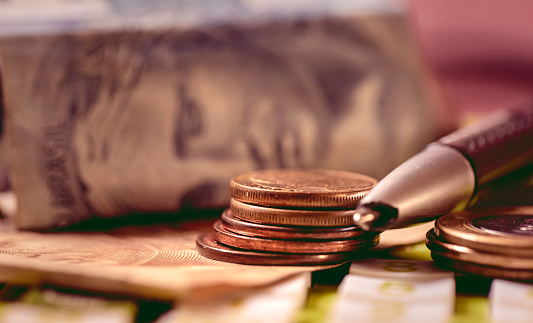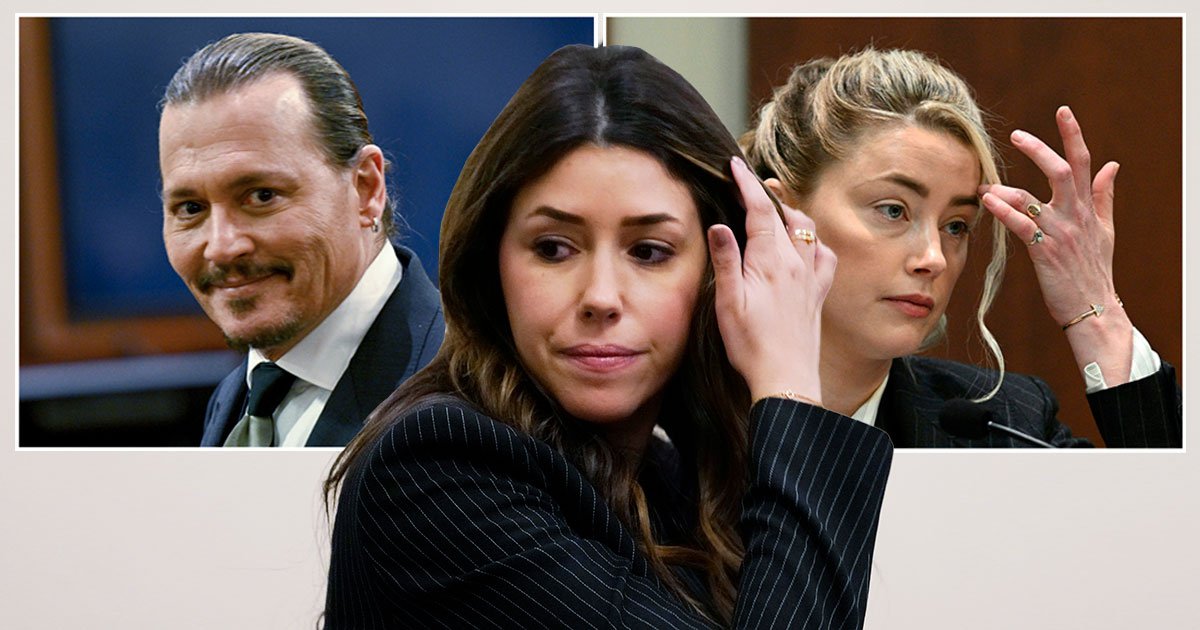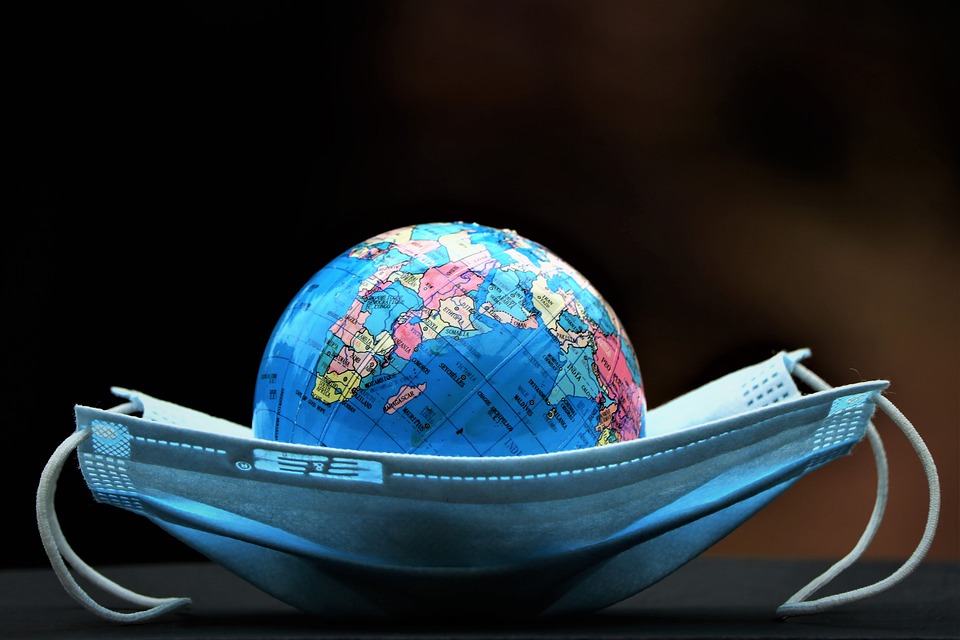Currently, Brazil is the largest country in South America and Latin America. The nation has a population of over 217 million people. It covers an area of 8.5 million square kilometers. This makes it the fifth largest country in the world by area, and the seventh largest by population.
Historical development
During the last two centuries, Brazil’s economy experienced a variety of economic changes. Its growth rate was high between the 1950s and 1980s, but it has since declined. In addition to the economic difficulties, Brazil has experienced political upheavals and turbulence. The country also experienced several political scandals.
Brazil experienced a long period of hyperinflation. The Brazilian government imposed capital controls to restrict capital inflows. The high inflation of the late 20th century affected every aspect of the country’s economy. Almost all transactions were indexed for inflation.
In the early 1980s, Brazil’s economic growth was slowed down by the high inflation, the decline of foreign investment and the government’s inability to pay off the country’s foreign debt. In addition, the government increased interest rates and indexed the country’s currency for inflation.
The military regime ruled Brazil from 1964 to 1985. It was an interventionist government that sought to minimize social inequalities. It also implemented a number of policies to stimulate growth. These included the introduction of a national banking system and the development of a depersonalized credit system.
Brazil began to expand its industrial base in the 1970s and 1980s, as the country moved from a predominantly agricultural economy to one that grew mainly in manufacturing. These investments helped diversify the economy. However, Brazil’s economy was still heavily dependent on the export of commodities.
The economy was also highly vulnerable to inflation. It was a result of government deficit spending, indexation, and the practice of monetary financing of budget deficits. In the late 1980s, Brazil’s inflation reached triple digits.
In 1994, the government launched a new currency, the Real Plan. This currency was designed by Henrique Cardoso, the former finance minister. Its monetary policy was to stabilize inflation at 70 percent of the annual rate. The plan also put constraints on public spending and anchored the currency to the dollar.
Brazil’s economy also experienced major difficulties in the early 1980s, when it was hit by an oil crisis. As a result, the government enacted a successful stabilization program. The program has aided the economy’s recovery, but Brazil still has major weaknesses.
Current economic conditions
Throughout the years, Brazil has had a cycle of booms and busts. During the late 20th century, Brazil suffered from rampant inflation. The inflation came from heavy financing of industrial expansion. Government deficit spending and subsidizing business loans also contributed. The PT Workers’ Party administration made efforts to curtail inflation during the early 2000s. But the economy began to decline in the late 2000s.
In the early 20th century, Brazil’s exports included raw goods such as primary products. A large portion of Brazil’s exports were also related to petroleum products. These products were sold in foreign markets. However, the country became increasingly dependent on foreign petroleum products in the 1970s. In 1973, oil prices increased drastically. This caused a severe power shortage in Brazil.
In the late 20th century, Brazil began to index all transactions to keep inflation at bay. It also instituted Units of Real Value (URV) to slow inflation. This was also instrumental in turning Brazil’s economy around.
By the 1990s, Brazil was moving toward a market economy. The country also became one of the world’s largest producers of textiles. But its textile industry was little integrated into world trade.
The government made massive subsidies to hundreds of state-owned enterprises. These subsidies covered the costs of expansion. The government also privatized manufacturing companies. It also sold a minority share of Petrobras to private investors.
Brazil’s political instability has also been a factor. Political scandals occasionally erupted. Political instability also increased the likelihood of economic instability. Corruption is prevalent in tax administration and in the natural resources sector. However, the judiciary is largely independent.
The Brazilian economy has also been impacted by the global recession. In 2020, Brazil’s GDP is expected to fall 4% to 5%. However, the economy has been stabilizing since 2017. It is expected to continue growing in 2022.
Brazilian companies are looking for funding alternatives. This has led to a shift in government policy towards tax reforms, social security reforms and tax incentives. In addition, the government recently passed the Economic Freedom Law. This law establishes standards for free enterprise and also encourages exports.
Economic policies
During Dilma Rousseff’s tenure, Brazil’s economic policies have increasingly isolated the country from international markets. These policies have deterred investment, weakened competitiveness, and prevented economic growth.
A large build-up of Brazil’s net public debt has made the country vulnerable to adverse shocks. A large external financing requirement and substantial foreign exchange risk exposure have exacerbated the country’s vulnerability. This vulnerability has generated a multiple equilibrium and led to the development of the current crisis.
The IMF’s “precautionary” program was launched in September 2001. The program was intended to help reinforce confidence in Brazil’s economic policies. In particular, the IMF program envisaged monetary policy targeted at low single digit inflation. This would help the country maintain a primary budget surplus of around three to four percent of GDP.
This program aimed to strengthen Brazil’s economy by allowing the country to draw up to $15 billion of IMF resources. The program aimed to ensure that Brazil’s economy would not collapse and that the exchange rate regime would not be destabilized. However, the program was only effective in the short run and had no effect on Brazil’s long-term growth prospects.
A new Brazilian government will need to set a clear policy agenda. A strong, stable, and responsible fiscal policy is a requirement. The government will also need to commit to measures that raise revenues, and reduce public spending. It is difficult to expect that a new government will be willing to undertake the measures required to restructure Brazil’s debt, especially given the election season in Brazil.
The new Brazilian government will have to build political support for its policies. It will also need to commit to fiscal policies that raise the primary budget surplus. These policies will have to be put in place in the first few months of the new government’s term. This will determine the country’s economic future.
It is important to remember that the IMF cannot afford to fail Brazil. A big failure could deplete Brazil’s foreign exchange reserves and trigger a collapse in the country in a disorderly fashion. The IMF’s credibility has been severely damaged by crises in Russia and Asia, and its public support has been decimated by the debacle in Argentina.
Economic polarization
During the election campaign, Jair Bolsonaro promised to fight corruption in Brazil. However, in his first two years in office, he failed to do so. His plans have been stalled by the opposition from regional and local governments, as well as critical journalists.
Brazil’s political polarization has been increasing in recent years. This is partly because of the anti-establishment attitude that has become common in recent years. The political influence of religiously motivated forces has also increased. The percentage of Brazilians who identify as evangelicals has grown from 7% in 1980 to 25% today.
Moreover, racial inequality is a persistent problem in Brazil. The black population is disproportionately affected by poverty, violence, and unemployment. The non-white population is also severely underrepresented in the political system.
In recent years, the Brazilian government has significantly changed its environmental policy. In the past, state-owned corporations dominated nearly all economic sectors. In the early 2000s, however, the government began privatizing these state-owned enterprises. Some of the state-owned enterprises still have negative net value. Other elements of the corporatist system have remained intact.
Brazil has a large domestic consumer market. However, the country’s export model is excessively based on basic products and generates little monetary value. These low-value exports prevent the country from long-term growth.
In the past, Brazil’s economy had experienced strong growth. However, in recent years, the economy has been in recession. The country’s GDP is expected to shrink by 4 to 5% in 2020.
The government’s slow response has also led to a number of demonstrations since March 2020. In addition, the government has weakened the environmental protection agencies. The COVID-19 vaccination campaign has also faltered. The government has also rejected criticisms of its environmental policies.
The quality of Brazilian democracy has deteriorated in recent years, especially for those who are critical of the government. However, there are some elements that can help strengthen the country’s fiscal stability. The 2000 Fiscal Responsibility Act is one such tool. In addition, foreign investors play an important role in the country’s derivative markets.
The financial performance of state-owned enterprises has improved in recent years. However, there are still significant weaknesses in the governance of SOEs.



